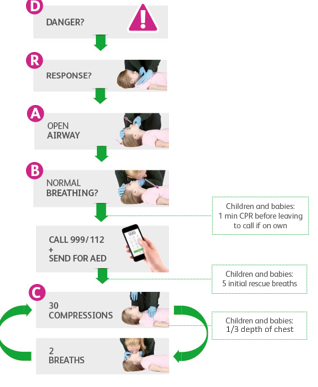I think you will agree that reducing the risk of ligature incidents (follow the link for more info) is clearly a priority when looking after young people and adults at risk of this kind of behaviour. Aside from working out why individuals engage in this type of ligature behaviour (follow the link for more info) and try to stop it is important to make sure that everything reasonable is being done to reduce the risk of them applying a ligature.
The first step is to develop a good ligature policy (follow the link for more info) for your organisation so it is clearly written down the type of approach that your setting is taking in terms of managing risk around ligature incidents (follow the link for more info).
As you already know risk assessments are the best way to identify and reduce the chance of something awful happening. In its purest form a risk assessment is a simple mathematical formula:
Likelihood (of a hazard occurring) X Severity (most reasonable serious outcome) = Risk
Obviously, it is a little more detailed than this but looking at the formula above you can see that you can reduce the risk score by either reducing the likelihood and/or reducing the severity of the outcome. For risk of ligature this means looking at your environment and identifying potential ligature items (things used) and potential ligature points (where the ligature is secured to). A risk score can then be generated, and you can then look at what you can do to reduce the risk. Control measures include removing, substituting or enclosing the ligature/ligature point to reduce the score. A simple risk assessment form (follow the link for more info) can be used to record this.
Training staff (follow the link for more info) in how to deal with ligature incidents (follow the link for more info) is also vital as well as issuing settings with ligature cutters so they have the confidence, knowledge and the right equipment to deal with the situation. Teaching a set procedure like SCRAPS (follow the link for more info) will help staff respond more effectively in an emergency


